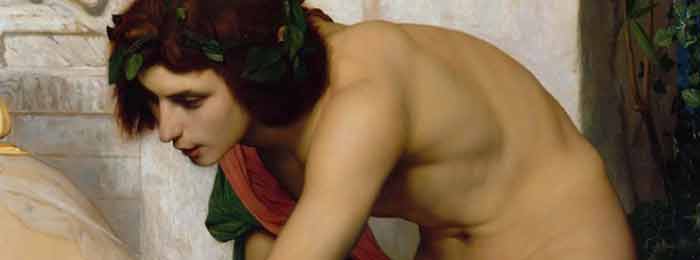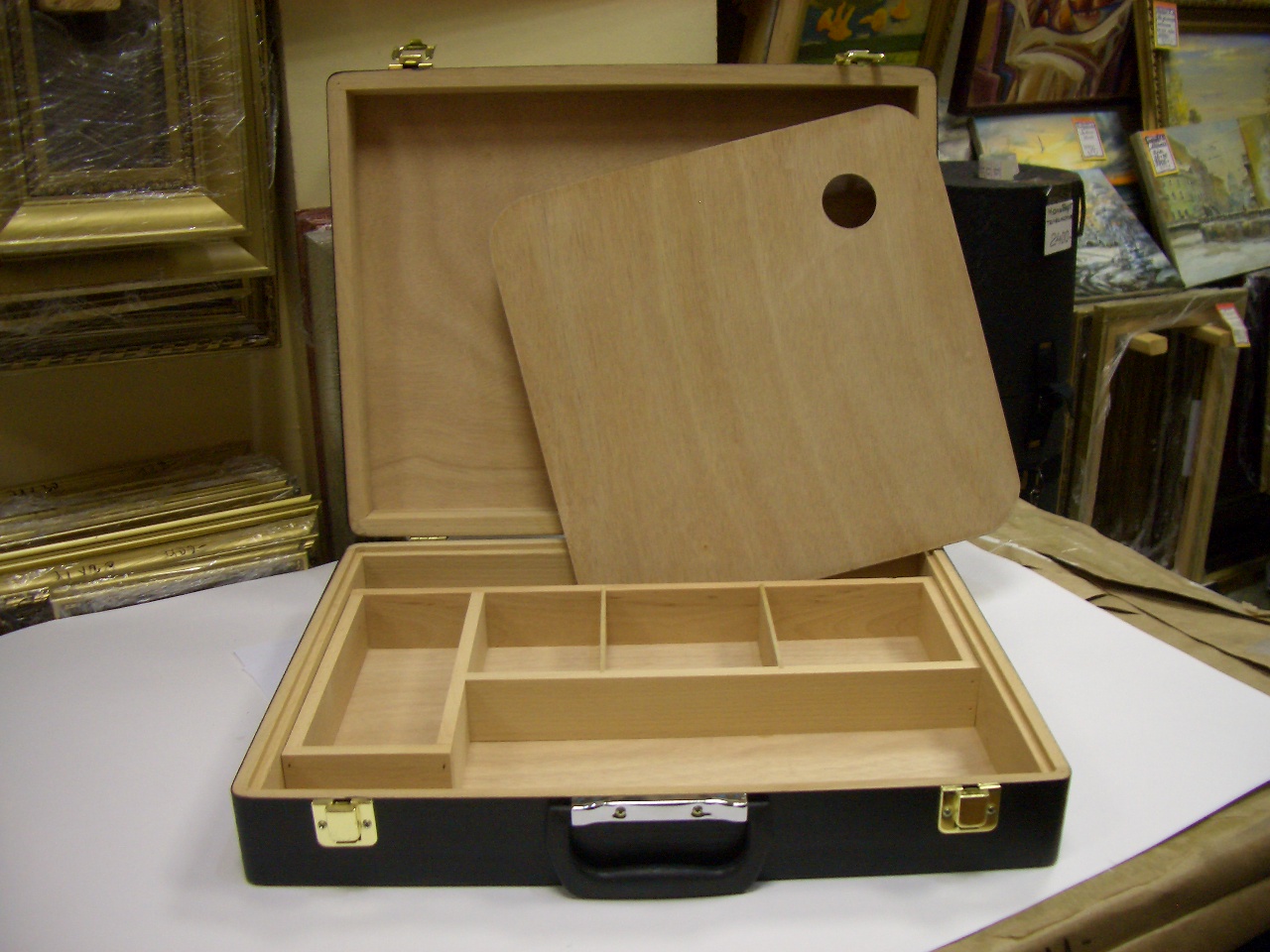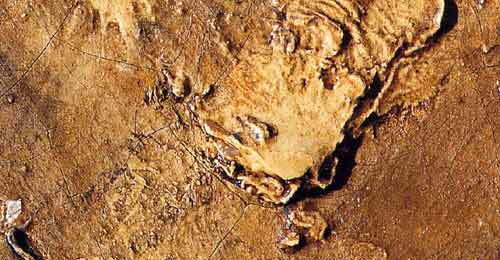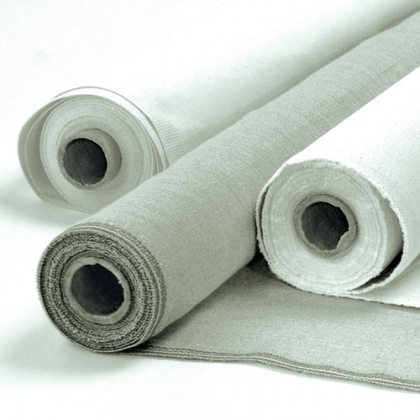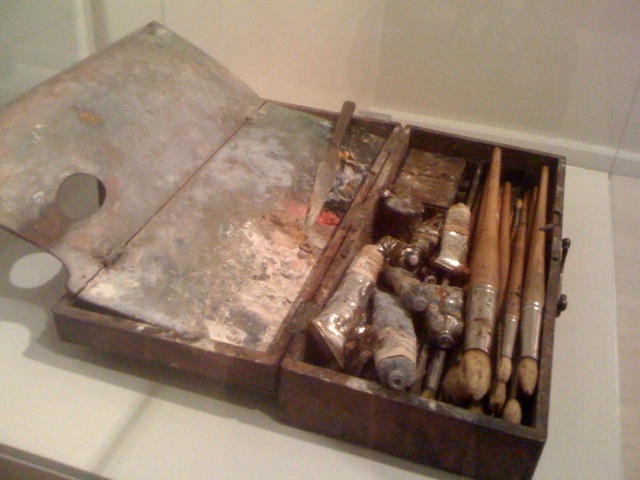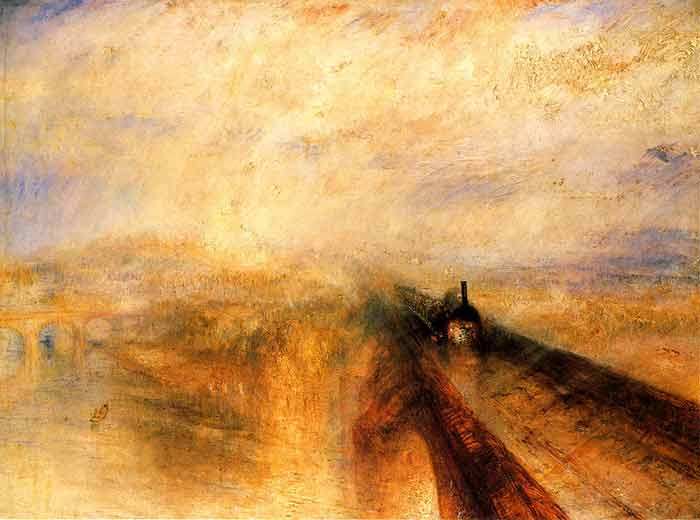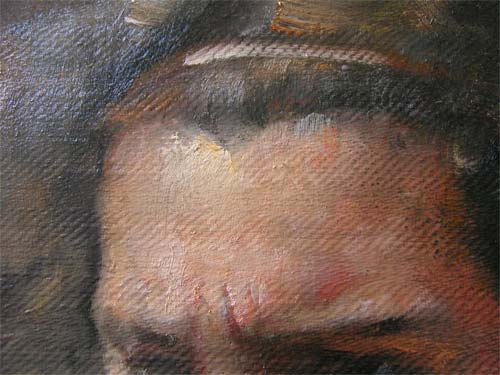On 28 Jun, 2015 With
Clothed female, naked male in Art Clothed female, naked (or nude) male is a genre of erotica featuring one or more nude men and one or more clothed women. In classical antiquity, the portrayal of nude male form in art (including the exposure of genitals) was considered to be more acceptable than that of the naked female form. This can be seen in the comparative portrayal of the classical theme of Perseus and Andromeda. In a wall painting of ancient Pompeii, Perseus is nude while Andromeda is fully clothed. By the renaissance, this view had reversed. For example, in Titian’s treatment of Perseus and Andromeda in mid-1550s, however, it is Andromeda who is nude – save for the barest wisp of fabric – while Perseus is clothed in armour. Depictions of…
Read More
On 28 May, 2013 With
Oil painting lessons and techniques: Materials It remains to speak of those tools which are not essentials, but conveniences, to painting. Even as conveniences, however, they are of importance enough to have an influence on your work. You can paint without them, but you will work more easily for the having of them; and something of the sort, although not necessarily of the same kind, you must have. You may improvise something, in other words, to take the place of these, but you would be wiser to get those which are made for the purpose. The Box.—First, the box for oil paints. You must keep your things together somehow, and it would be as well that you keep them in…
Read More
On 26 May, 2013 With
Oil painting lessons and techniques: PALETTES Cleanliness —The cleanliness of a palette consists in its being always in such a condition that you can handle it without getting dirty; that the mixing-surface will not foul the freshly mixed paint; and that the paint around the edge is always so that you can pick up a fresh, clean brushful. If you try to clean off all your color every day and polish your palette nicely, you will not only take up more time with your palette than you do with your painting, but the fact that some left-over paint may be wasted will make you a little stingy in putting on fresh paint, which is one of the worst habits…
Read More
On 7 Aug, 2012 With
Oil painting materials: CANVASES and STRETCHERS Grain.—The question of grain is not easy to speak about without the canvas, yet it is often a matter of importance. There are many kinds of surface, from the most smooth to the most rugged. Some grain it is well the canvas should have; too great smoothness will tend to make the painting “slick,” which is not a pleasant quality. A grain gives the canvas a “tooth,” and takes the paint better. Just what grain is best depends on the work. If you are going to have very fine detail in the picture use a smoothish canvas; but whenever you are going to paint heavily, roughly, or loosely, the rough canvas takes the paint…
Read More
On 14 Dec, 2011 With
Limited Palette of Anders Zorn Anders Zorn is the most well-known Swedish painter. Palette: Flake white, Yellow Ocher Vermilion Cool black (Ivory + cobalt blue) Warm black (Ivory + burnt Sienna)
Read More
On 11 Dec, 2011 With
Turner’s Palette Joseph Mallord William Turner was an English Romantic landscape painter, watercolourist and printmaker. Cobalt blue Emerald green Viridian Orange vermilion Barium chromate (yellow) Chrome yellow Chrome orange Iodine scarlet Burnt umber Carbon black Turner’s yellow Many red lake colors White [titanium? flake?] This doesn’t feel like his complete palette. And his palette did change over time.
Read More
On 13 Jun, 2011 With
Oil Painting Methods – Oil paintings based on The Last Supper Leonardo da Vinci
Read More
On 26 May, 2011 With
Fine Art Video Lessons Finally Available Online A brand-new video course about classical oil painting and drawing techniques has been launched by the Web Art Academy. The Academy (http://art.webartacademy.com) offers fine art video lessons that reveal, step-by-step, the full process of artwork creation. Art students can now learn by watching the fine artist in action. London UK. A brand-new website offering high-quality fine art instruction has just been launched. The Web Art Academy (http://art.webartacademy.com) reveals traditional oil painting and drawing techniques to fine art students through the use of high-definition video lessons. The Web Art Academy was created to give fine art students a thorough instruction in the almost lost secrets of traditional oil painting and drawing. Natalie Richy and…
Read More
On 12 Nov, 2010 With
Click here to download The Must-have Guide for Successful Fine Artist This Book can give You only two things: FAME and WEALTH Odd Nerdrum Preparation (his student demoed it in class): size the canvas with rabbit skin glue. (PVA glue can be used as a substitute). Priming the canvas: Materials -Framer’s Whiting (ground chalk) -Linseed Oil?-Galkyd (just a little bit, to speed up drying time) -Turpentine (just a litte bit; and do not use OMS) mix with a thick long palette knife until the mix is the consistency of toothpaste. (it was more like pancake batter) add white and English Red (or transparent oxide red) so that the final mix is a pinkish brick color. Make sure the canvas is…
Read More
On 17 Sep, 2010 With
Classical Realism Classical Realism refers to an artistic movement in late 20th century painting that places a high value upon skill and beauty, combining elements of 19th century neoclassicism and realism. Origins The term “Classical Realism” was originally used in the title of a 1982 exhibition by Richard Lack (1928 – 2009), a pupil of R. H. Ives Gammell(1893-1981). The movement traces its lineage from Jean-Léon Gérôme (1824-1904) through William Paxton (1869-1941) of the Boston school. By 1985 Richard Lack had begun publishing Classical Realism Quarterly, with articles written by Lack and his students, aiming to inform the public about traditional realist painting. In a separate vein, another major contributor to the revival of traditional drawing and painting knowledge is the painter and art instructor Ted Seth Jacobs…
Read More


